Vibha Sinha
Characterizing machine learning process: A maturity framework
Nov 12, 2018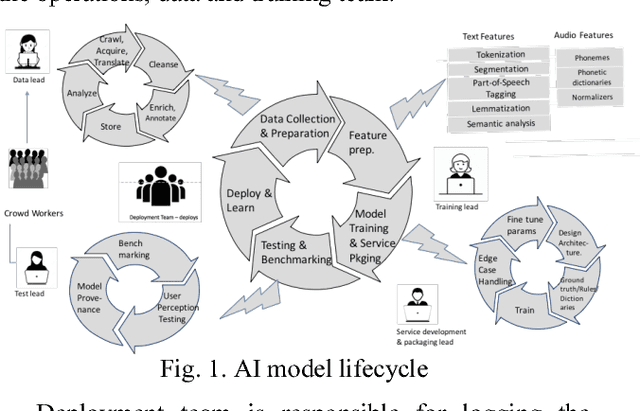
Abstract:Academic literature on machine learning modeling fails to address how to make machine learning models work for enterprises. For example, existing machine learning processes cannot address how to define business use cases for an AI application, how to convert business requirements from offering managers into data requirements for data scientists, and how to continuously improve AI applications in term of accuracy and fairness, and how to customize general purpose machine learning models with industry, domain, and use case specific data to make them more accurate for specific situations etc. Making AI work for enterprises requires special considerations, tools, methods and processes. In this paper we present a maturity framework for machine learning model lifecycle management for enterprises. Our framework is a re-interpretation of the software Capability Maturity Model (CMM) for machine learning model development process. We present a set of best practices from our personal experience of building large scale real-world machine learning models to help organizations achieve higher levels of maturity independent of their starting point.
25 Tweets to Know You: A New Model to Predict Personality with Social Media
Apr 18, 2017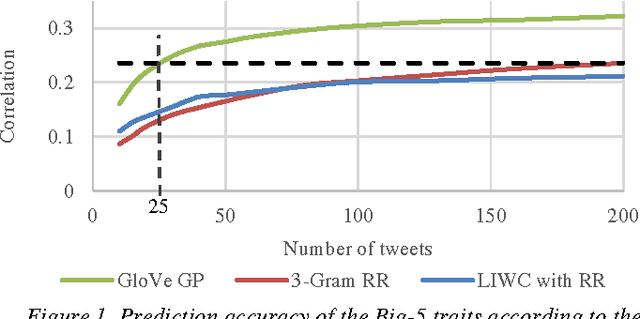
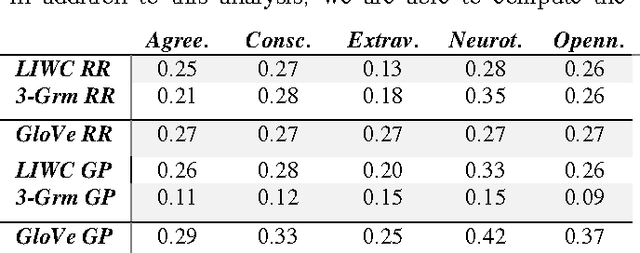
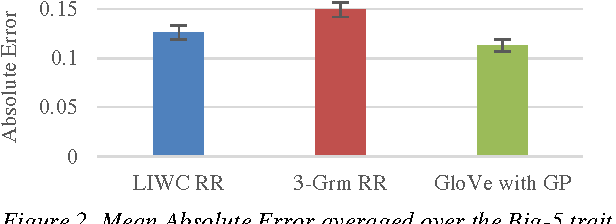
Abstract:Predicting personality is essential for social applications supporting human-centered activities, yet prior modeling methods with users written text require too much input data to be realistically used in the context of social media. In this work, we aim to drastically reduce the data requirement for personality modeling and develop a model that is applicable to most users on Twitter. Our model integrates Word Embedding features with Gaussian Processes regression. Based on the evaluation of over 1.3K users on Twitter, we find that our model achieves comparable or better accuracy than state of the art techniques with 8 times fewer data.
Fostering User Engagement: Rhetorical Devices for Applause Generation Learnt from TED Talks
Apr 17, 2017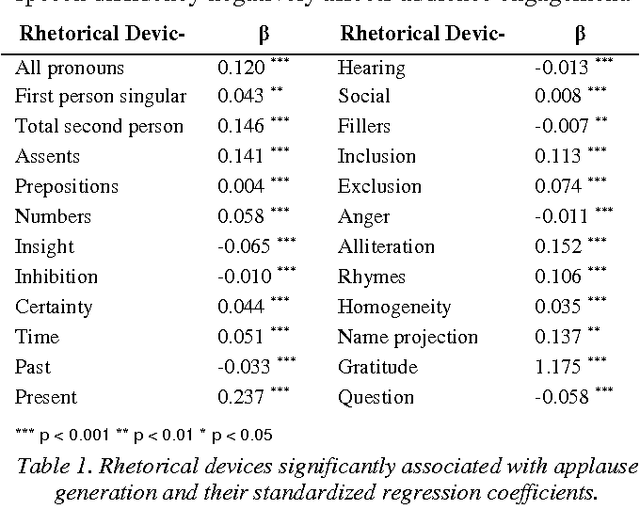
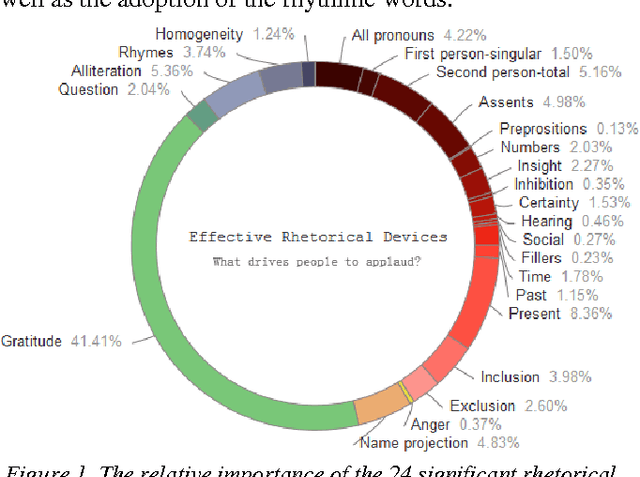
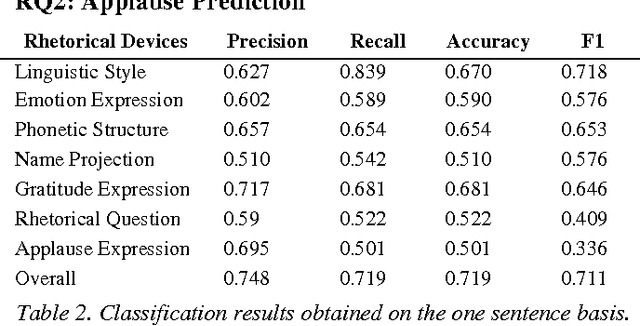
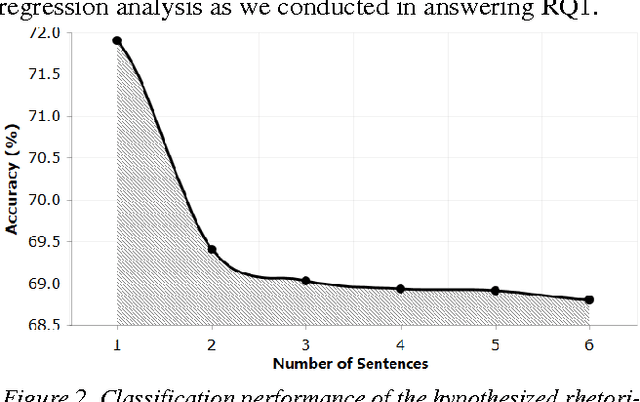
Abstract:One problem that every presenter faces when delivering a public discourse is how to hold the listeners' attentions or to keep them involved. Therefore, many studies in conversation analysis work on this issue and suggest qualitatively con-structions that can effectively lead to audience's applause. To investigate these proposals quantitatively, in this study we an-alyze the transcripts of 2,135 TED Talks, with a particular fo-cus on the rhetorical devices that are used by the presenters for applause elicitation. Through conducting regression anal-ysis, we identify and interpret 24 rhetorical devices as triggers of audience applauding. We further build models that can rec-ognize applause-evoking sentences and conclude this work with potential implications.
 Add to Chrome
Add to Chrome Add to Firefox
Add to Firefox Add to Edge
Add to Edge